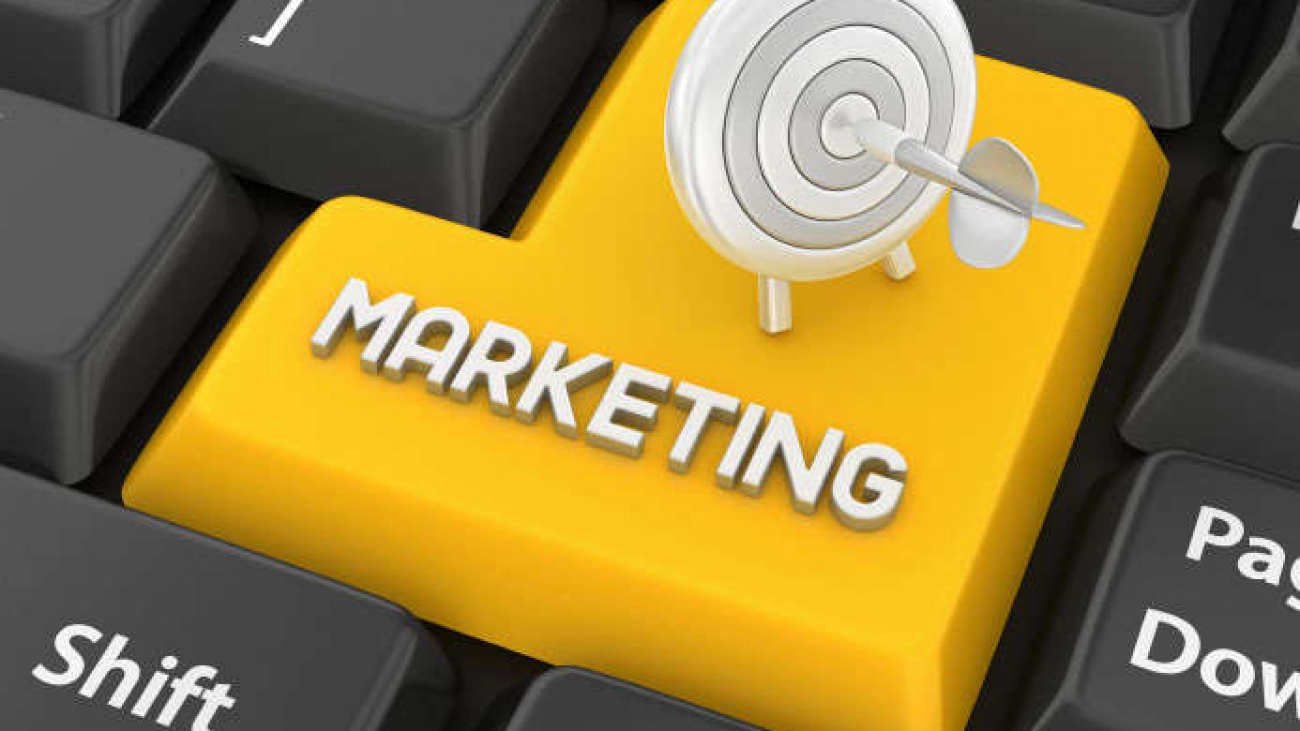In Part 1 of this Blog we defined what online marketing is, what it covers and how best to approach it, i.e. the right strategy to tie it all together. In Part 2 we will look at the individual components that make up online marketing. Many of these are terms you may have heard of before and some may be initiatives you’re doing. However it’s important to know all the components that go into the online marketing mix and understand how they work together to deliver maximum impact.
In this Blog we’ll address five key components of Online Marketing – the heavy hitters if you will. These are Content Marketing, Search Marketing, Social Media, Paid Advertising and Email Marketing.
Content Marketing: This is the thread that ties together the elements of credibility, usability, visibility, sellability and scalability. It’s what educates and empowers consumers. The more compelling it is, the more consumers know, like and trust you. Content marketing goes far beyond the text on your website, it includes all the content that’s generated by you. This can be blogs, videos, social media posts, press releases, FAQs, articles you’ve written and even audio podcasts.
The key to content marketing is authoring articles. There’s no better way to demonstrate expertise and authority than creating articles and posts on your area of business and posting and sharing them. The word Authority has Author in it so try and author as much content as you can and then share it far and wide. Remember, good content is key to building credibility and visibility.
Search Marketing: This is marketing your business through search engines. While the definition may be short, the task isn’t. Search Engine Marketing and SEO, which is a part of Search Engine Marketing, are crucial to your business. Search engines are the number one way for people to find things online and if they can’t find you, they can’t do business with you. Search Marketing includes organic, paid and local search.
The acronym SEO (Search Engine Optimisation) is part of Organic search and involves optimizing the content of your website to improve it’s ranking in the natural listing of search engines. Paid Search is where you pay search engines to appear in the sponsored area of the search engine results page. You can target your ad by location and keyword searches and have the ability to track the responses. Local search is a great way for local business to gain visibility on search engines, often for free.
Once you verify that your business is local, you can submit it to a variety of search engines and get huge visibility. Search Engine Marketing is an extremely powerful component of online marketing and spending the time to understand the basics is well worth the effort. Remember, if you’re out of sight, you’re out of mind.
Social Media: This refers to initiatives that support marketing goals through the creation of social media and participation in various social media networks. It’s not so much about the tools as it is about how you use them strategically to achieve your goals. Video, audio, blogs, podcasts and text that can be published and shared in a social environment are all tools of social media. These coupled with social networking – making connections between people and groups of people to network and communicate – is what makes up a social media online campaign. The simpler and more enjoyable your social media, the more people will gravitate towards it. So if you plan to have a social media presence make sure it’s enjoyable to your target audience. The key to social media success is to listen, participate, monitor, understand and actively manage what you set up. The best social media marketers do just that.
Paid Advertising: This refers to paying for display ads on other websites, space on search engines, affiliate marketing, paid social media advertising, local advertising and email advertising. In most cases, you get to compose the message and design it in accordance with the specifications of the various channels. You also have the ability to track responses and often you only pay per response. When done strategically, paid advertising can push your marketing to a whole new level.
While paid advertising may not be for every organization, it’s a great tool to use to accelerate awareness, spread your message and make new connections. Sometimes you’ve got to spend money to make money and that’s where paid advertising can make a significant impact.
Email Marketing: This is one of online marketing’s most tried and tested marketing mediums. It’s the perfect way to educate your audience, boost your visibility and establish your expertise. It’s an extremely cost effective way to reach your audience and promote new, upcoming events; product launches and builds loyalty with your customers.
You can send messages to large audience and niche audiences or be specific and send messages based on recipients previous behavior or purchases. The key to good email marketing is to have a strategy in place. Know your goals before you hit the send button. Defining your goal first will help you successfully get your point across in the e-mail. Remember, most people decide on opening an e-mail based on the subject line alone. Always follow email best practice. If you ask for permission first, you’ll get your recipient’s respect back in return.
The best part about online marketing is the number of avenues it offers to connect with new and existing customers. Knowing your options is the first step. Once you know the tools you can mix and match them to achieve maximum return on investment. You can always start small, and then snowball. Little steps make a big difference. As you put your online marketing to work, remember, strategy first, execution second.



